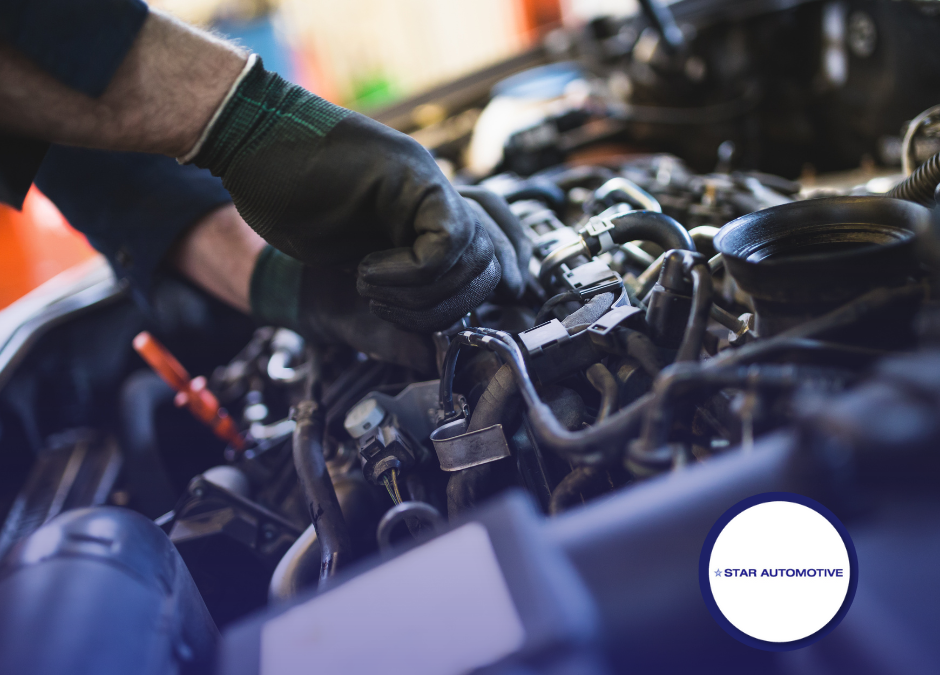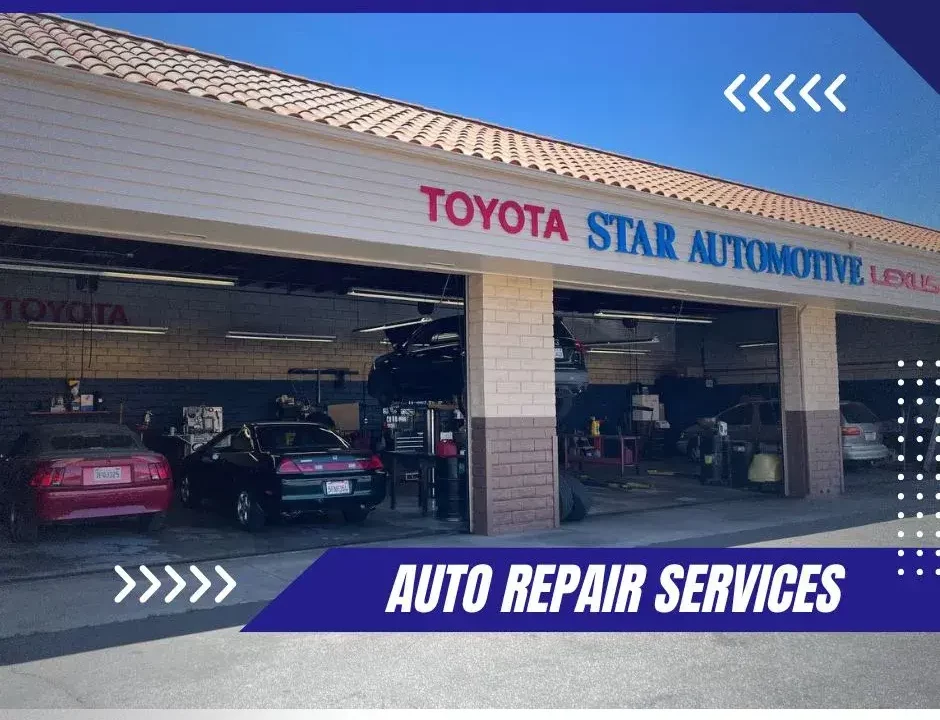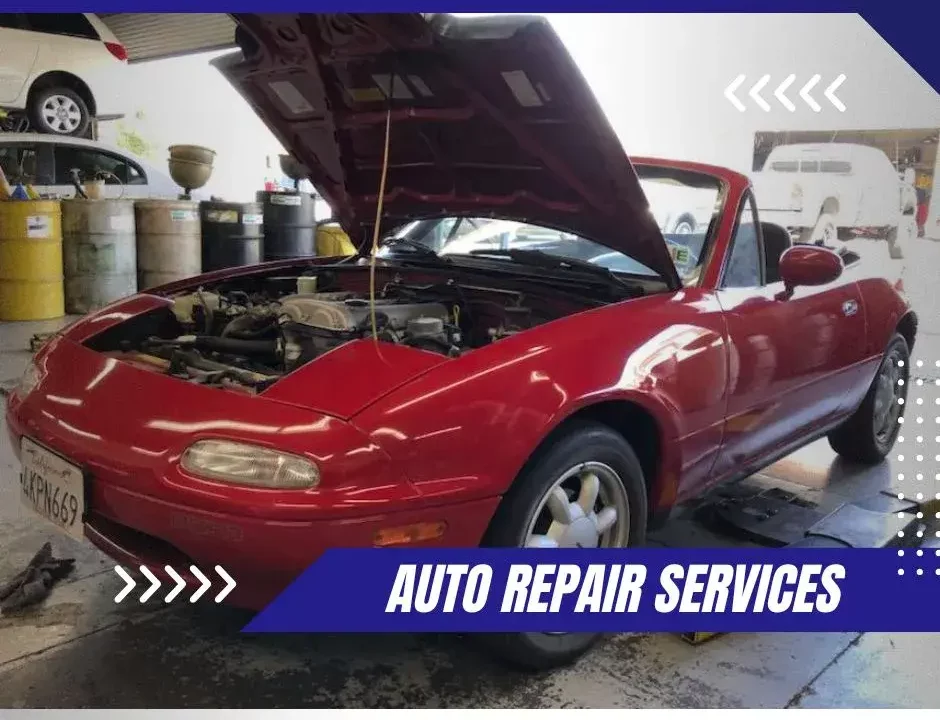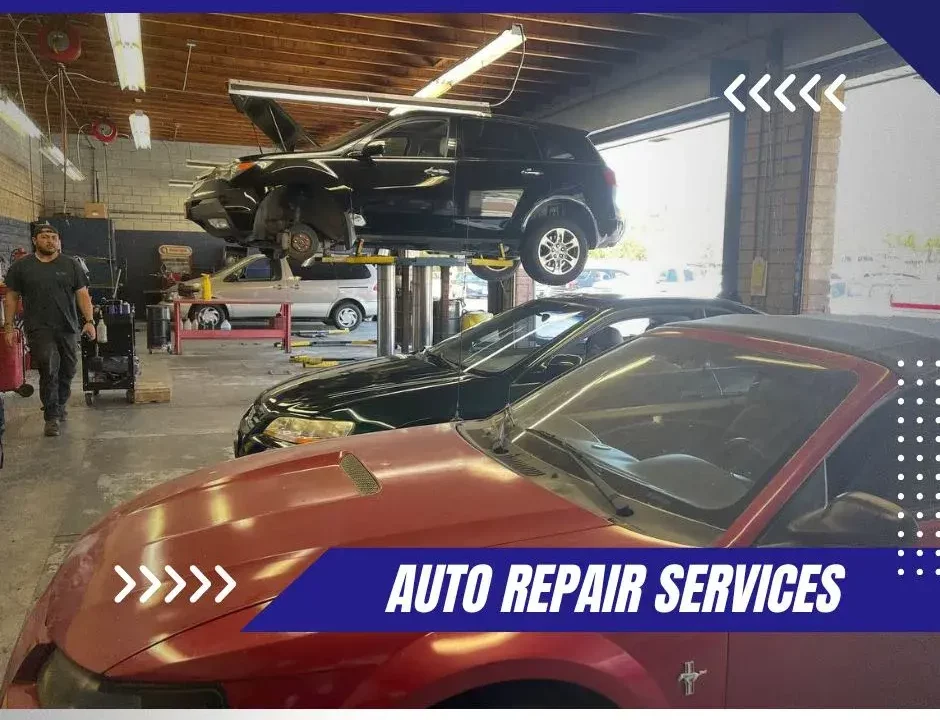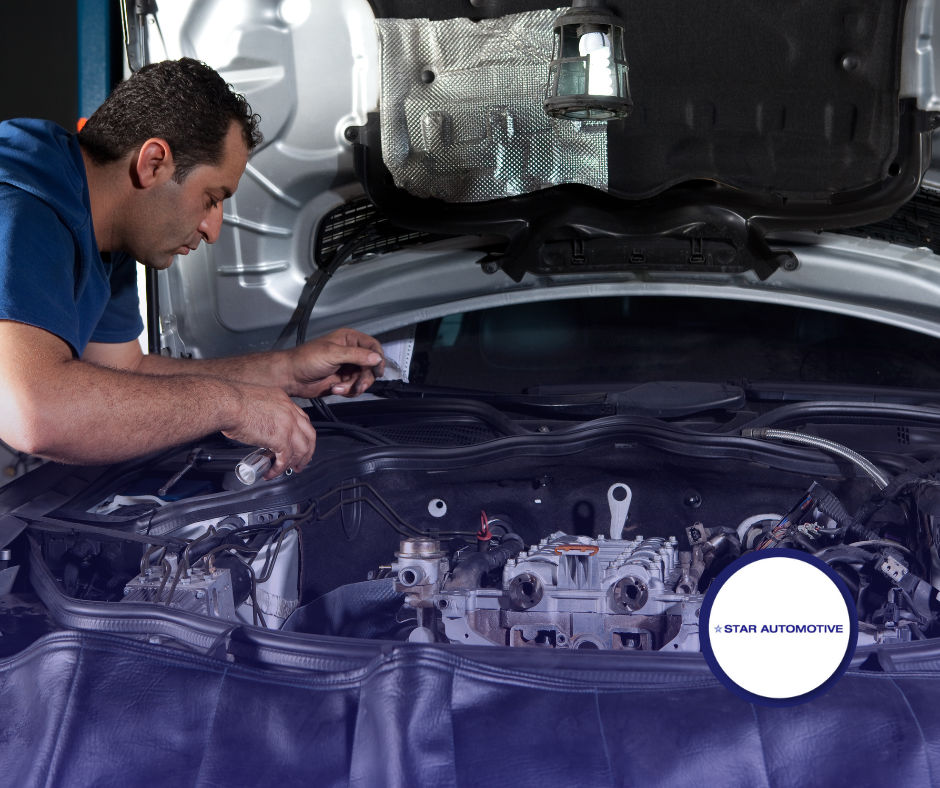
Engine Overhaul 101: Step-by-Step Guide for At-Home Mechanics
January 9, 2024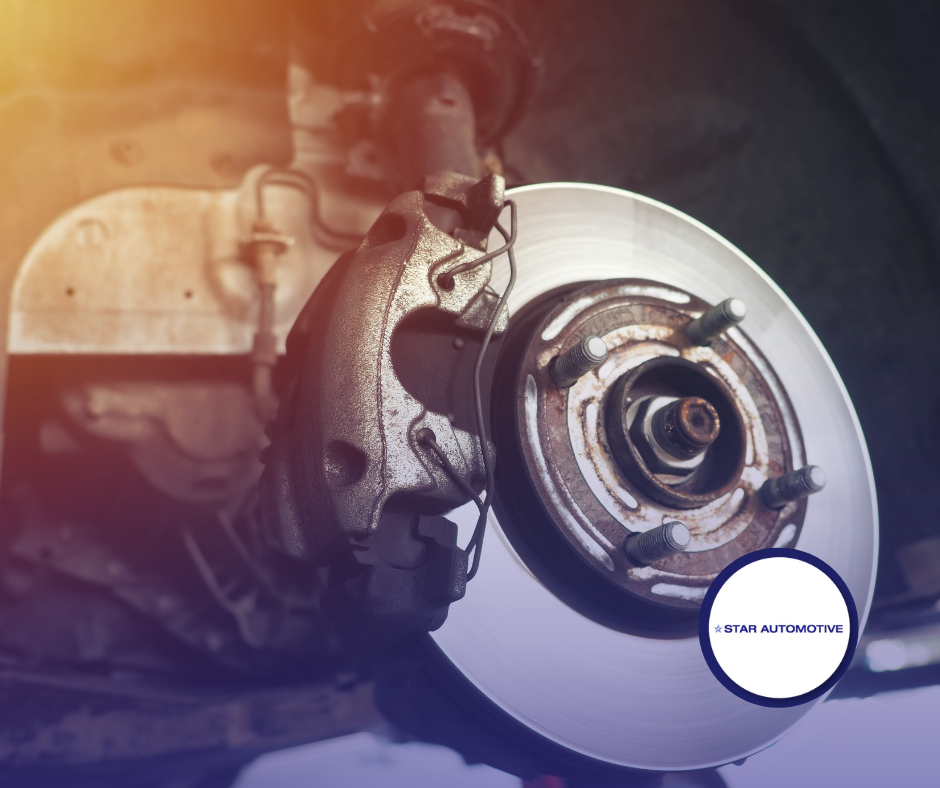
The Essentials of Car Brake Systems: Understanding How They Work
January 9, 2024In the realm of automobile maintenance, a mastery of engine troubleshooting is a skill that fosters a sense of self-sufficiency and empowerment.
This comprehensive guide aims to equip you with the knowledge needed to identify, understand, and rectify the top 10 most common engine problems.
From overheating engines to poor fuel efficiency, ignition system malfunctions to radiator leaks, we delve into the intricate details that define these issues.
Drawing from years of mechanical expertise, we provide practical, step-by-step solutions that you can implement yourself.
This guide not only fosters a sense of belonging among automobile enthusiasts but also empowers you to take control of your vehicle’s health.
Understanding Overheating Engines
The first common engine problem that we will delve into is an overheating engine, a potentially dangerous issue that requires immediate attention. This issue often arises due to a malfunctioning cooling system, leaky coolant, or blocked radiator. It is crucial to address this problem promptly to prevent engine damage and ensure the safety of the vehicle’s occupants.
Regular maintenance checks and timely replacement of faulty parts are effective preventive measures. Neglecting these practices could lead to severe engine damage and costly auto repairs.
In a community of responsible car owners, being proactive and knowledgeable about these issues is paramount. The shared understanding and mutual care for our vehicles create a sense of belonging among us.
Solving Oil Leakage Issues
Continuing our exploration of common engine problems, the second issue at hand is oil leakage, a pervasive problem that can lead to severe engine damage if not promptly and properly addressed.
Oil leakage can be identified by the appearance of dark, greasy spots under your parked vehicle or by the smell of burning oil while driving. The most common causes include degraded engine gaskets, oil pan leaks, or bad connections.
Solving oil leaks may involve replacing the gaskets, resealing the oil pan, or tightening connections, depending on the source of the leak. Always ensure to use the appropriate grade of oil for your vehicle.
Tackling Poor Fuel Efficiency
Poor fuel efficiency is another common engine problem that can be rectified with careful attention and some basic troubleshooting techniques. This issue is often a result of clogged fuel injectors, dirty air filters, or malfunctioning sensors. Regular maintenance, including timely replacement of air filters and fuel injectors cleaning, can significantly improve the fuel efficiency of your vehicle.
Furthermore, a malfunctioning oxygen sensor or a faulty spark plug can also lead to poor fuel efficiency. A bad oxygen sensor fails to provide the correct data to the computer, leading to overconsumption of fuel. Similarly, a misfiring spark plug can decrease the engine’s efficiency.
Therefore, regular checks and prompt replacements of these components can dramatically enhance your vehicle’s fuel economy.
Ignition System Malfunctions
Engine problems often extend to the ignition system, with malfunctions here leading to a host of issues including difficulty starting the vehicle, frequent stalling, and a significant drop in power output. These problems primarily stem from four key areas:
* Failing spark plugs: A worn-out spark plug can cause misfires, poor fuel efficiency, and sluggish acceleration.
* Bad ignition coils: These transform the battery’s low voltage to the thousands of volts needed to create an electric spark in the spark plugs. When they fail, starting the engine becomes difficult.
* Faulty ignition switch: A bad switch can disrupt the power supply to the ignition system, making starting the vehicle impossible.
* Damaged distributor cap and rotor: If these are defective, the electrical current won’t reach the spark plugs, causing ignition failures.
Understanding these components and their common issues empowers you to troubleshoot and repair your ignition system effectively.
Dealing With Radiator Leaks
Shifting gears to another common engine issue, radiator leaks can cause significant damage if not promptly addressed and repaired. This problem often arises due to the corrosion of the radiator’s metal parts, leading to perforations through which coolant can leak.
Identifying a radiator leak is relatively straightforward; look for pooling coolant under the car, or a low coolant level warning on your dashboard.
To fix a minor radiator leak yourself, you can use a radiator stop-leak product. However, this is a temporary solution, and the radiator should be replaced or professionally repaired as soon as possible.
Always remember, safety first; never attempt to auto repair a hot radiator. Always wait until the engine has cooled down to avoid burns and other injuries.
Fixing a Failing Water Pump
A failing water pump, another prevalent engine problem, can lead to severe engine overheating if not promptly addressed and repaired. The primary function of the water pump is to circulate coolant through the engine, thus maintaining optimal operating temperatures. A faulty pump restricts this circulation, causing the engine to overheat.
Here’s a straightforward guide to diagnose and rectify a failing water pump:
* Inspect for coolant leaks around the water pump area.
* Listen for whining noises from the pump, indicating bearing failure.
* Check for a wobbling pulley, a sign of a worn-out bearing.
* Replace the water pump if necessary.
This repair task requires basic mechanical skills and some special tools. Remember, preventive maintenance can save you from expensive repairs and breakdowns.
Troubleshooting Engine Misfire
Moving on from water pump issues, another common problem that you may encounter is an engine misfire, a condition that can significantly affect your vehicle’s performance and fuel efficiency. You might experience this as a jolt or stutter during acceleration or a general lack of power.
Engine misfires can be caused by a variety of issues, from faulty spark plugs to clogged fuel injectors. To troubleshoot, start by checking the spark plugs and ignition coils, as these are the most common culprits. If they’re in good condition, inspect the fuel system. You might need to clean or replace the fuel injectors.
If the problem persists, seek professional assistance. Remember, a well-maintained engine is key to a smooth, efficient drive.
Addressing Exhaust Smoke Problems
One may often encounter problems with excessive or discolored exhaust smoke, an issue indicative of various potential engine malfunctions. This could be a sign of oil leaks, damaged cylinders, faulty fuel injectors, or a compromised head gasket.
To address exhaust smoke problems, consider the following steps:
– Inspect the oil cap: If it’s milky or frothy, it may indicate coolant leaking into the oil system.
– Check the oil level: An excessively high level could mean fuel is getting into the oil.
– Examine the spark plugs: Blackened plugs can signify oil burning in the combustion chamber.
– Observe the coolant level: If it’s decreasing rapidly, a head gasket failure could be the culprit.
Curing Engine Stalling
Shifting our focus to another common engine issue, let’s delve into the problem of engine stalling. This occurs when your engine stops running abruptly while the vehicle is in motion, often leaving the driver struggling to maintain control.
The reasons can range from issues with your fuel system, a malfunctioning sensor, to an issue with the ignition system. One common remedy is to clean or replace the air filter if it is clogged. If the issue persists, checking the fuel pump or the spark plugs for defects might be necessary.
Additionally, inspecting the vacuum lines for leaks can also be beneficial. The key here is to diagnose the problem correctly to apply the appropriate solution.
Rectifying Blocked Air Filters
Diving deeper into the issue of engine stalling, blocked air filters stand as a prevalent cause that can be rectified with relative ease. Air filters work to prevent harmful debris from entering the engine, thus ensuring optimal functionality. When clogged, they restrict air flow, leading to poor engine performance.
Here are four steps to rectify blocked air filters:
– Identification: Recognize signs of a blocked filter, like decreased mileage or ignition issues.
– Removal: Safely remove the air filter from its housing.
– Inspection: Check for visible dirt or damage, indicating a need for replacement.
– Replacement: Fit a new air filter if necessary, ensuring it’s snug and secure.

